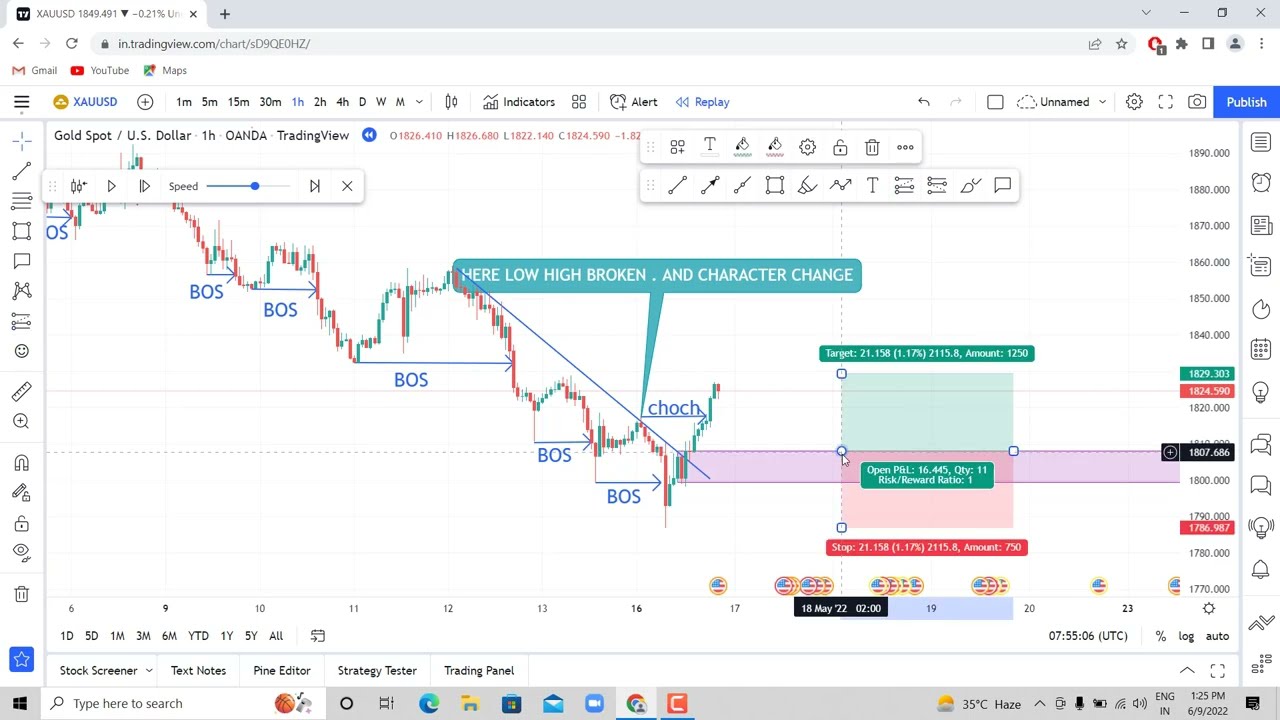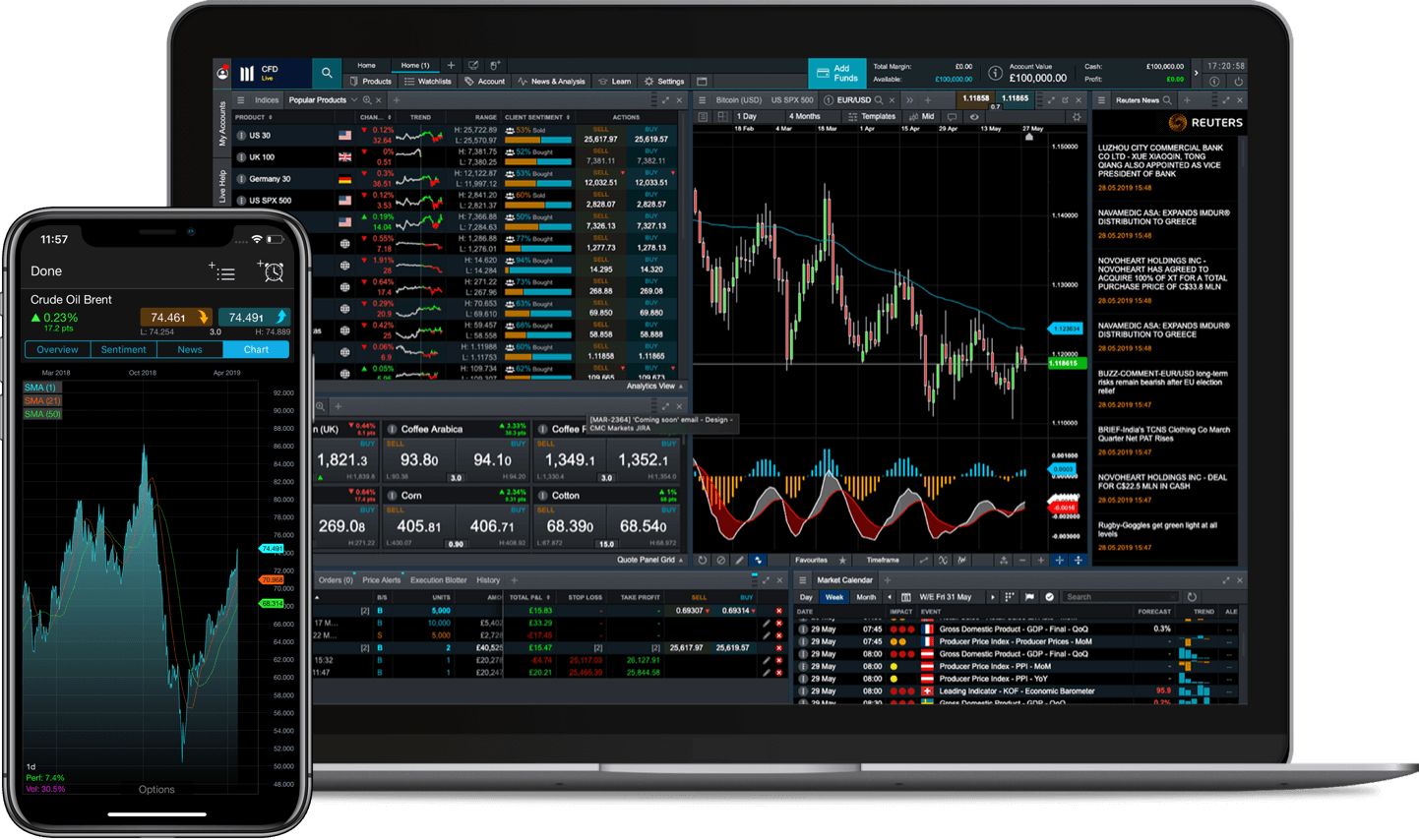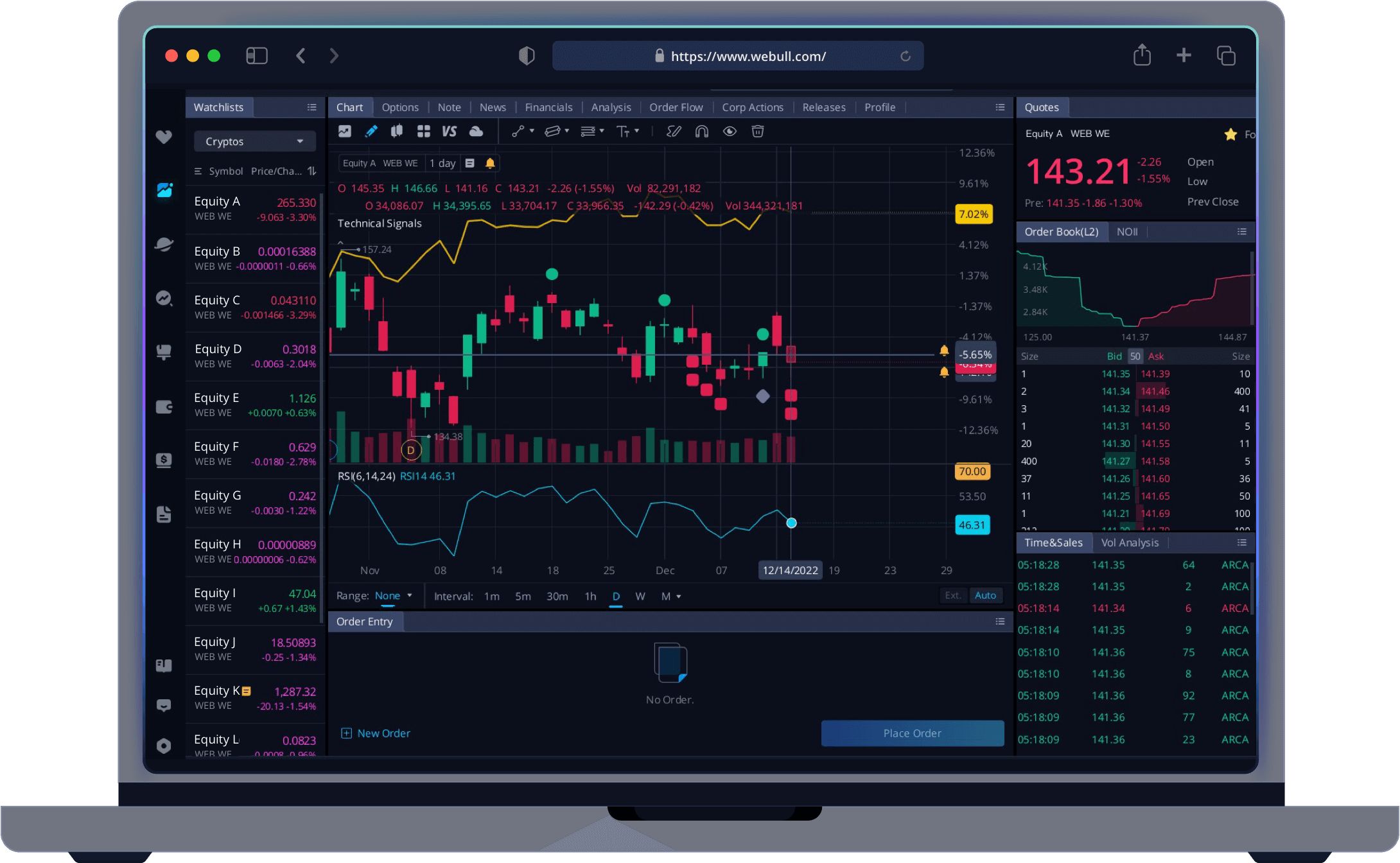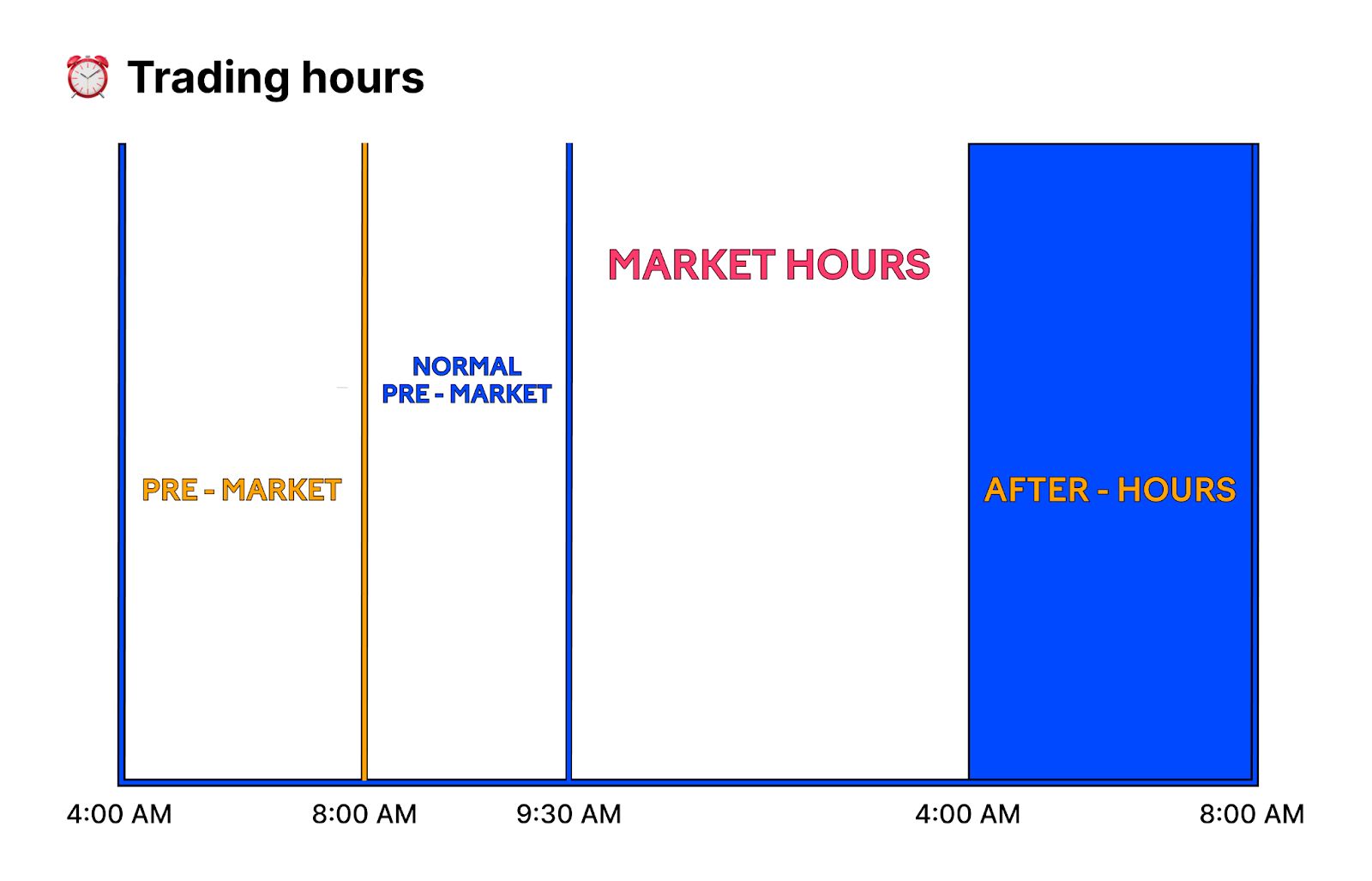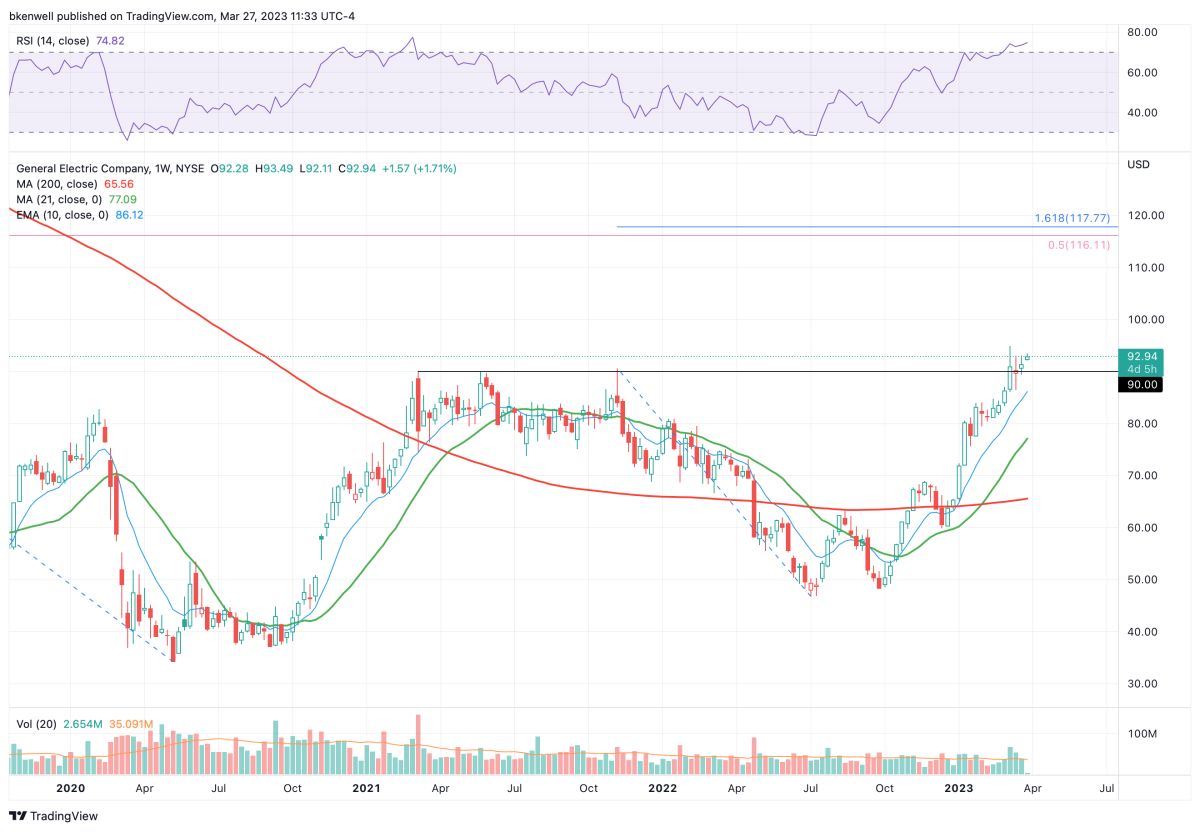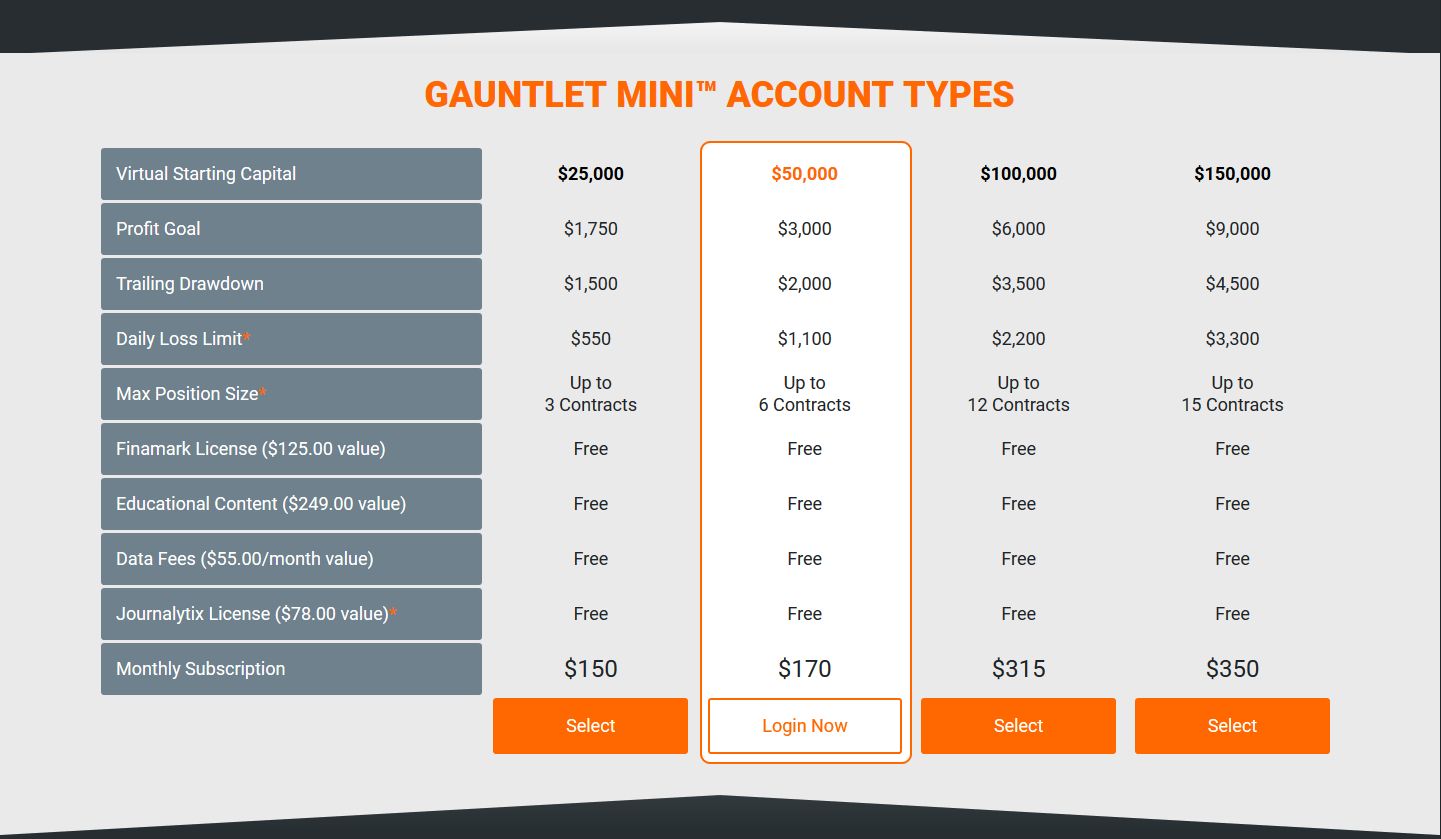Introduction
Trading in the financial markets can be a complex endeavor, requiring astute analysis and quick decision-making. Traders are constantly seeking strategies and tools that can give them an edge in the market and help them make more informed trading decisions. One such tool that has gained popularity in recent years is BOS, which stands for Buy-on-Open Strategy.
BOS is a trading strategy that involves buying an asset or security at the opening price of the trading session. It allows traders to capitalize on the potential upward momentum of a security, as the opening price often reflects the market sentiment and can have a significant impact on the day’s trading range. By executing trades using BOS, traders aim to take advantage of the initial price movement and potentially profit from short-term price fluctuations.
In this article, we will delve deeper into the concept of BOS in trading, explore its benefits and how to effectively use it, and highlight common mistakes to avoid when implementing this strategy. Whether you are a seasoned trader looking to expand your trading arsenal or a beginner seeking a practical trading approach, understanding BOS can provide you with a valuable tool in your trading journey.
Definition of BOS in Trading
BOS, or Buy-on-Open Strategy, is a trading strategy that involves buying an asset or security at the opening price of the trading session. It is based on the premise that the opening price of a security is often a crucial indicator of market sentiment and can set the tone for the day’s trading range.
Traders using the BOS strategy closely monitor the pre-market activity and news announcements that may affect the opening price. By analyzing factors such as overnight market movements, economic data releases, and company-specific news, traders aim to identify securities that exhibit a favorable outlook for the trading day.
When executing the BOS strategy, traders place a buy order as soon as the market opens, aiming to capture the potential upward momentum of a security. By entering the market at the opening price, traders hope to ride the initial surge in price and secure profits before any potential reversals occur.
It is important to note that the BOS strategy is predominantly used for short-term trading, focusing on capitalizing on daily price fluctuations rather than long-term investment. Traders utilizing this strategy typically exit their positions before the market closes, as the strategy’s effectiveness is primarily derived from the intraday price dynamics.
Furthermore, while BOS is commonly associated with stock trading, it can also be applied to other financial markets, such as futures, options, and forex. The underlying principle remains the same – identifying assets or securities that exhibit strong potential for favorable price movements and executing buy orders at the market open.
Overall, BOS is a popular trading strategy that capitalizes on the opening price of a security to capture potential short-term gains. By closely monitoring market conditions and executing timely trades, traders employing the BOS strategy seek to take advantage of the initial price movements and secure profits in a relatively short period of time.
Benefits of Using BOS in Trading
The BOS strategy offers several benefits to traders who incorporate it into their trading approach. Understanding and utilizing these benefits can improve a trader’s overall performance and potentially lead to increased profitability. Let’s explore some key advantages of using the BOS strategy in trading:
- Opportunity to Capture Early Price Movements: By entering a trade at the market open, BOS allows traders to capture the early price movements of a security. This can be particularly advantageous during periods of heightened volatility or when significant news is released overnight. Being able to act quickly and take advantage of these early movements can provide traders with increased profit potential.
- Utilizing Market Psychology: The opening price is often influenced by market sentiment and can reflect the collective emotions of traders. BOS strategy takes advantage of this by capitalizing on the initial optimism or pessimism surrounding a security. By aligning with market psychology, traders can position themselves to benefit from the prevailing sentiment and potentially achieve greater trading success.
- Enhanced Risk Management: Implementing the BOS strategy can allow traders to effectively manage risk. By entering trades at the market open, traders have the advantage of setting tight stop-loss orders based on the opening price. This helps to limit potential losses if the trade moves against them. Additionally, traders can use technical indicators such as support and resistance levels to set profit targets, thereby improving risk-to-reward ratios and overall trade management.
- Potential for Generating Short-Term Profits: BOS is primarily a short-term trading strategy. By taking advantage of intraday price fluctuations, traders can potentially generate quick profits. As the strategy focuses on capturing the initial price movements, traders can aim to close their positions before the end of the trading day, allowing them to engage in multiple trades and potentially increase their overall profitability.
- Adaptability to Various Market Conditions: The BOS strategy can be applied in different market conditions, ranging from trending markets to consolidating or volatile markets. Market volatility can lead to increased price swings, which can be advantageous for the BOS strategy. Similarly, during periods of consolidation, the strategy can help identify potential breakouts or reversals at the market open. The adaptability of BOS allows traders to take advantage of market opportunities regardless of the prevailing conditions.
By leveraging these benefits, traders can enhance their trading approach and increase the potential for profitable trades. However, it’s essential to remember that trading involves inherent risks, and traders should always exercise proper risk management techniques and conduct thorough analysis before implementing any strategy.
How to Use BOS in Trading
Implementing the BOS strategy in trading requires careful planning, analysis, and execution. By following a structured approach, traders can effectively utilize the strategy to maximize its potential benefits. Here are some key steps to consider when using BOS:
- Research and Analysis: Begin by conducting thorough research and analysis on the securities you wish to trade. Monitor pre-market activity, news releases, and market trends to identify assets that exhibit potential for favorable price movements at the market open. Utilize technical analysis tools and indicators to aid in your decision-making process.
- Set Clear Entry Criteria: Define specific criteria that a security must meet for you to execute a BOS trade. This could include factors such as a significant gap up or down at the market open, strong pre-market volume, or positive news releases. Having clear entry criteria helps eliminate emotional decision-making and ensures you enter trades based on objective factors.
- Create a Trading Plan: Develop a detailed trading plan that outlines your entry and exit strategies, risk management approach, and profit targets. A well-defined plan helps maintain discipline and increases your chances of executing trades effectively.
- Execute Trades at Market Open: Once the market opens and your predetermined entry criteria are met, execute your buy order at the opening price. Make sure to set stop-loss orders and profit targets based on your risk management plan.
- Manage Risk and Monitoring: Continuously monitor your trades and adapt to changing market conditions. Move stop-loss orders to break even or trail the stop as the trade progresses to mitigate risk and protect profits.
- Exit Strategies: Determine your exit strategy before entering the trade. Consider using trailing stop orders or technical indicators to identify potential reversal points or profit targets. It’s essential to adhere to your trading plan and avoid making impulsive decisions based on short-term price fluctuations.
- Review and Learn: After each trade, review your performance, analyze the outcomes, and identify areas for improvement. Learning from both successful and unsuccessful trades can help refine your BOS strategy and enhance your trading skills.
Remember that consistent practice, discipline, and risk management are key to successfully implementing the BOS strategy. It may take time to refine your approach and find the securities that align best with the strategy. Keep a record of your trades, analyze the results, and make adjustments as necessary to optimize your trading performance.
Common Mistakes to Avoid When Using BOS in Trading
While the BOS strategy can be a powerful tool in a trader’s arsenal, there are several common mistakes that traders should be aware of and avoid when using this strategy. By recognizing and addressing these errors, traders can increase their chances of success and optimize their trading results. Here are some common mistakes to avoid when using the BOS strategy:
- Failure to Conduct Proper Analysis: One of the biggest mistakes traders make is entering BOS trades without conducting thorough analysis. It’s essential to research and analyze the pre-market activity, news releases, and market trends to identify securities with high potential for favorable price movements. Ignoring analysis can lead to entering trades blindly and increase the risk of losses.
- Lack of Risk Management: Implementing proper risk management is crucial in any trading strategy, including BOS. Lack of risk management, such as not placing a stop-loss order or setting profit targets, can expose traders to excessive losses or missed profit opportunities. It’s essential to define and adhere to risk management principles to protect capital and optimize trading outcomes.
- Overtrading: Overtrading is a common mistake made by traders using the BOS strategy. The allure of capturing quick profits can lead to entering too many trades without proper analysis or justification. Overtrading can lead to increased transaction costs, reduced focus, and diluted performance. It’s important to be selective and only enter trades that meet the defined criteria and align with the overall trading plan.
- Chasing Price: Another common mistake is chasing price movements. It’s important to stick to the predefined entry criteria and avoid entering trades based on FOMO (Fear Of Missing Out). Chasing price can result in entering trades at unfavorable prices, increasing the risk of losses or missing out on profitable opportunities.
- Ignoring Market Conditions: Failing to consider market conditions is a significant mistake when using the BOS strategy. Different market environments require adjustments in trading approaches. Ignoring market conditions can lead to entering trades in unfavorable conditions, resulting in reduced success rates. It’s important to adapt the BOS strategy to align with the prevailing market conditions.
- Emotional Trading: Making trading decisions based on emotions can significantly impact the success of the BOS strategy. Emotion-driven trading can lead to impulsive entries, premature exits, or holding onto losing positions for too long. It’s crucial to maintain discipline, stick to the trading plan, and avoid making decisions based on fear, greed, or other emotions.
By avoiding these common mistakes, traders can enhance their implementation of the BOS strategy and improve their trading results. Consistent practice, ongoing learning, and disciplined execution are key to minimizing errors and maximizing the effectiveness of the BOS strategy.
Examples of BOS in Trading
To better understand how the BOS strategy is applied in actual trading scenarios, let’s explore a few examples:
- Example 1: Suppose a trader notices that a particular stock is expected to release positive earnings results before the market opens. Anticipating a surge in the stock’s price, the trader decides to apply the BOS strategy. As soon as the market opens, the trader executes a buy order at the opening price. If the stock’s price indeed spikes up, the trader can capture the initial price movement and potentially exit the trade with a profit before any potential reversals occur.
- Example 2: In another scenario, a trader identifies a stock that has been trading in a range-bound pattern for several weeks. The trader notices that the stock consistently exhibits a breakout to the upside at the market open. Utilizing the BOS strategy, the trader places a buy order at the opening price to take advantage of the potential breakout and subsequent price appreciation. By closely monitoring the stock’s behavior and implementing proper risk management, the trader aims to capitalize on the intraday upward momentum.
- Example 3: Let’s consider a forex example. A trader identifies a currency pair that is expected to have increased volatility due to the release of important economic data. Anticipating a potential spike or price movement at the market open, the trader decides to use the BOS strategy. As soon as the forex market opens, the trader executes a buy order on the currency pair to capture the initial price movement resulting from the news release.
These examples demonstrate how the BOS strategy can be implemented across different markets and trading instruments. It is important to conduct thorough research, analysis, and risk management for each trade, as every scenario can have unique factors that may impact the outcome.
Remember that these examples are for illustrative purposes only and should not be considered as trading recommendations. The BOS strategy requires careful analysis and adherence to trading principles to increase the probability of success. It is crucial to develop and follow your own trading plan based on sound analysis and risk management techniques.
Final Thoughts
The Buy-on-Open Strategy (BOS) can be a valuable tool for traders looking to capitalize on short-term price movements in various financial markets. By entering trades at the market open, traders can potentially benefit from the initial price momentum and generate profits within a single trading session.
However, it is important to approach the BOS strategy with a disciplined mindset and proper risk management techniques. Traders must conduct thorough analysis and identify securities that exhibit strong potential for favorable price movements at the market open. Additionally, defining entry and exit criteria, setting stop-loss and profit targets, and continuously monitoring trades are essential for success.
While the BOS strategy offers several benefits, traders must also be aware of common mistakes that can hinder their trading performance. Avoiding errors such as inadequate analysis, lack of risk management, overtrading, chasing price, ignoring market conditions, and emotional trading can help enhance the effectiveness of the BOS strategy.
Lastly, it is crucial to practice and refine your trading skills continuously. Learning from both successful and unsuccessful trades, reviewing your performance, and making necessary adjustments are essential for long-term success with the BOS strategy.
Overall, the BOS strategy can be a powerful addition to a trader’s toolbox when used alongside other proven strategies and techniques. By combining disciplined execution, thorough analysis, and proper risk management, traders can harness the potential of the BOS strategy to increase their profitability and enhance their trading results.







